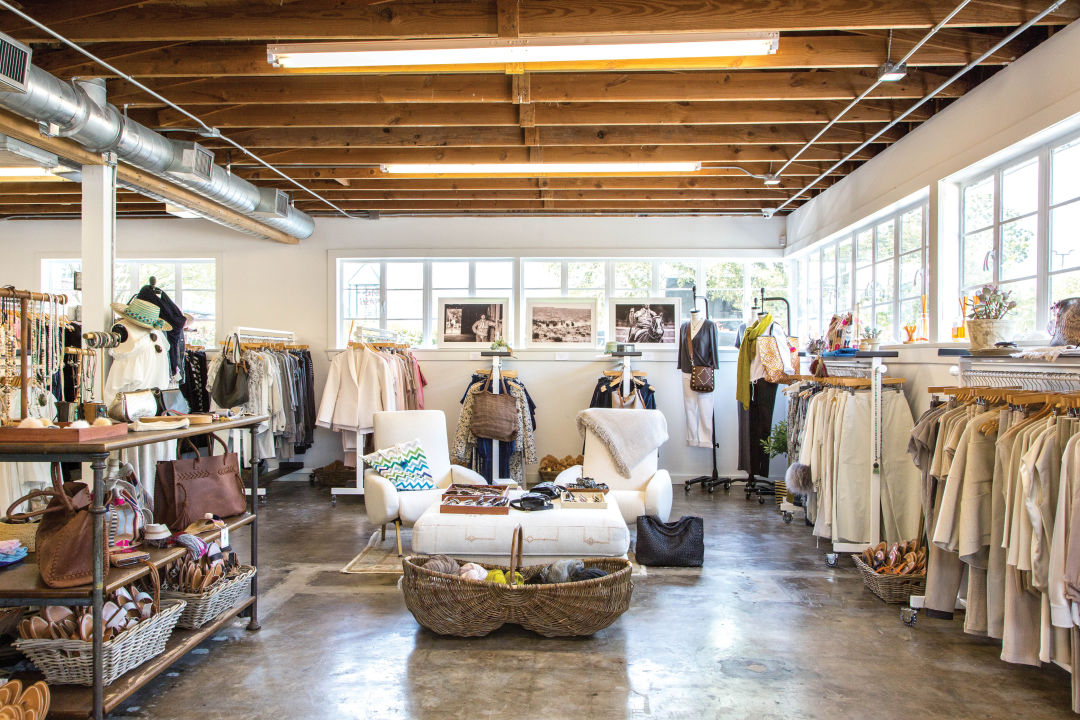Leading 10 Essential Pieces from Your Favorite Boutique Fashion Shops
Leading 10 Essential Pieces from Your Favorite Boutique Fashion Shops
Blog Article
A Deep Dive Into the World of High-Fashion Runways: Understanding Clothes as Art
High-fashion paths have actually emerged as fields where apparel transcends its utilitarian origins, developing into an advanced kind of imaginative expression. Designers, much like masterful musicians, weave complex stories with shade, material, and type, testing traditional norms and redefining charm requirements. These shows are greater than mere displays; they are immersive experiences, where every stitch and seam informs a tale rich with cultural significance and progressive technology. As we discover these sartorial eyeglasses, we must consider: what role does style play in forming social values, and how does it mirror the ever-changing tapestry of human feeling and identity?
The Evolution of Runway Shows
The trajectory of runway programs has changed considerably over the decades, progressing from exclusive market events to fascinating eyeglasses that blend style with art. Typically, path shows were intimate events, held in ateliers or small locations, primarily participated in by buyers and market experts. These early discussions focused on the garments' craftsmanship and business practicality, supplying a practical and direct display screen of seasonal collections.
As the fashion industry expanded, the nature of runway shows began to alter. The 1970s and 1980s marked a transforming factor, with developers looking for to distinguish themselves through more theatrical presentations.
In the last few years, innovation and social media sites have actually further transformed runway shows, making them available to a worldwide target market. Livestreaming and electronic systems have actually democratized fashion, allowing enthusiasts worldwide to witness these events in real-time (boutique fashion). This evolution shows a broader cultural change, where high-fashion paths offer as a vibrant crossway of efficiency, style, and innovation
Designers as Enthusiast Artists
Designers in the high-fashion sector have obscured the lines between useful garment creation and the theoretical realm of art. By accepting imaginative disciplines such as sculpture, painting, and avant-garde installations, designers craft garments that challenge typical style norms and raise them to art forms.
Visionary developers draw motivation from a myriad of resources, including abstract art, historic references, and personal stories. They possess a special ability to picture and appear ideas that press the borders of conventional style, often redefining aesthetic standards at the same time. This innovative resourcefulness is showcased through remarkable shapes, cutting-edge materials, and elaborate workmanship, which welcome viewers to experience fashion as greater than simply wearable items.
Additionally, the path acts as a canvas for these artists, where lighting, music, and established layout coalesce to create immersive experiences. These presentations are not simply screens of apparel yet are managed efficiencies that evoke emotion and provoke idea, verifying the developer's duty as a true musician in the modern social landscape.
Cultural Impacts in Fashion
Social tapestry weaves its complex patterns right into the material of style, affecting developers internationally. The dynamic interchange of social tales, practices, and icons educates and motivates collections that poise high-fashion paths. Developers thoroughly attract from their heritage or engage with cultures distinct from their very own, crafting garments that act as aesthetic stories. This cultural dialogue not just improves the visual diversity but also fosters a much deeper understanding and admiration of international identifications.
The impact of culture on style is frequently seen in the reinterpretation of traditional garments and patterns. For instance, using Japanese robes, Indian saris, or African prints in modern fashion mirrors a blend of cultural authenticity and modern looks. Designers such as Valentino's Pierpaolo Piccioli and Alexander McQueen's Sarah Burton have actually been recognized to include abundant social motifs into their couture collections, translating history into wearable art.

Advancement in Material and Design
Development in material and design constantly improves the landscape of high-fashion, pressing borders and redefining opportunities. Developers are significantly discovering the integration of modern technology, such as 3D printing, which permits for the production of complicated structures that were formerly unbelievable.
In why not check here addition, sustainability has actually come to be a crucial motif in textile innovation. The apparel industry is witnessing a surge in using environment-friendly materials, originated from recycled plastics, organic fibers, and also biodegradable components. These technologies not just use new appearances and visual appeals however additionally address critical ecological problems. Developers are embracing these materials to craft garments that are both visually striking and mindful of their environmental footprint.
In terms of layout, progressive silhouettes and experimental forms are continuously transforming the path. By integrating sophisticated methods and unique products, developers cultivate garments that obscure the line in between fashion and art, establishing brand-new standards these details for imagination and expression in the high-fashion round.
Impact of Style on Culture
Fashion possesses a profound influence on society, serving as both a representation of social identity and a driver for social adjustment. Via its development, fashion has mirrored social shifts, encapsulating the zeitgeist of numerous periods. The flapper dresses of the 1920s personified a newfound feeling of ladies's liberation, while the strong prints of the 1960s echoed the innovative spirit of the time. High-fashion runways, specifically, serve as systems for tough norms and redefining appeal standards. Developers utilize these places to address pushing social issues, from sustainability to variety, thus forming public discussion.
Furthermore, style has the power to bridge cultural spaces, fostering understanding and admiration amongst varied teams. As globalisation speeds up, the cross-cultural exchange of style ideas becomes increasingly significant, advertising inclusivity and diversity. The rise of streetwear, originating from metropolitan subcultures, shows how fashion can go beyond socio-economic limits, providing individuals a way of self-expression and empowerment.
Basically, fashion is not just regarding aesthetic appeals; it is a vibrant pressure that influences values, mindsets, and social progression (boutique fashion). By continuously connecting with cultural and social currents, fashion continues to be an integral component of the cumulative human experience
Final Thought
High-fashion runways serve as dynamic arenas where garments goes beyond performance to become a meaningful art type. Designers, akin to visionary artists, orchestrate collections that show identity, emotion, and social stories, testing typical appearances. The blend of innovative material and design, coupled with intricate collection styles, lighting, and songs, develops immersive experiences that the original source commemorate multiculturalism. This junction of style and virtuosity not only mesmerizes target markets around the world but additionally affects social understandings and promotes a deeper appreciation for cultural variety.

Cultural tapestry weaves its detailed patterns into the material of fashion, influencing developers around the world.Style possesses a profound influence on culture, serving as both a representation of social identification and a catalyst for social adjustment.
Report this page